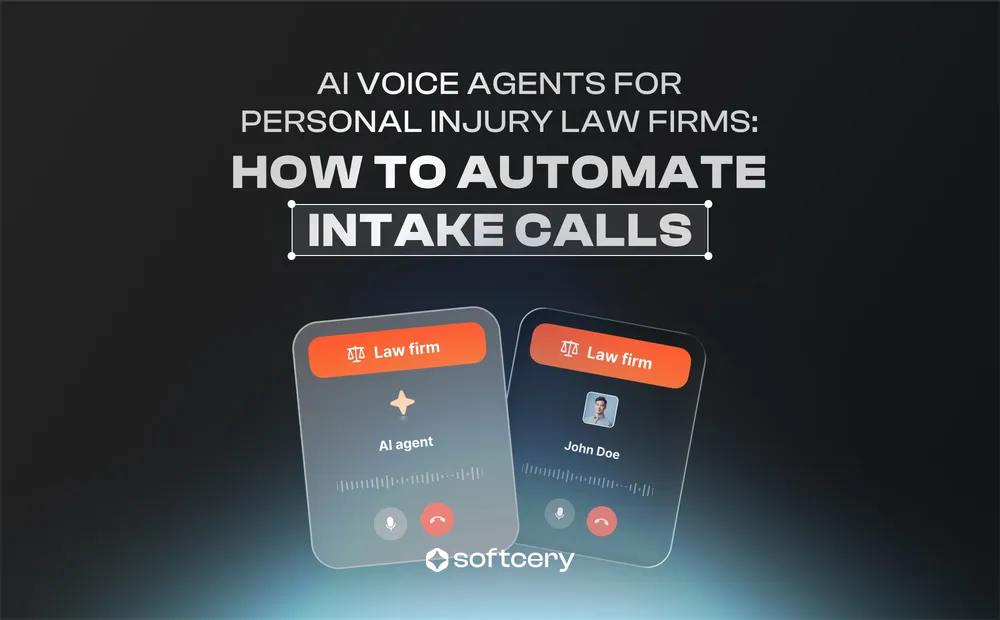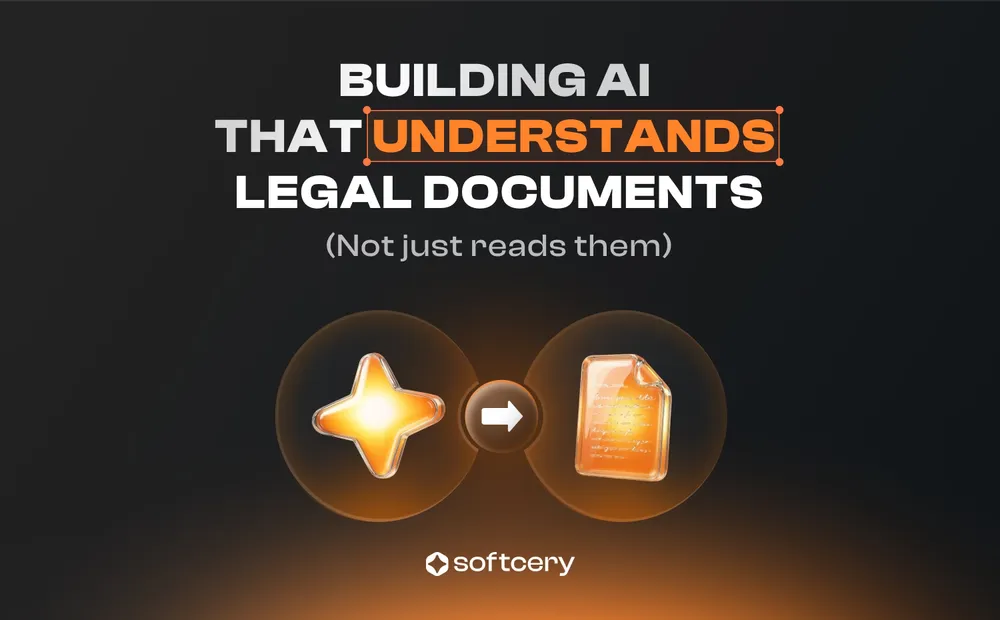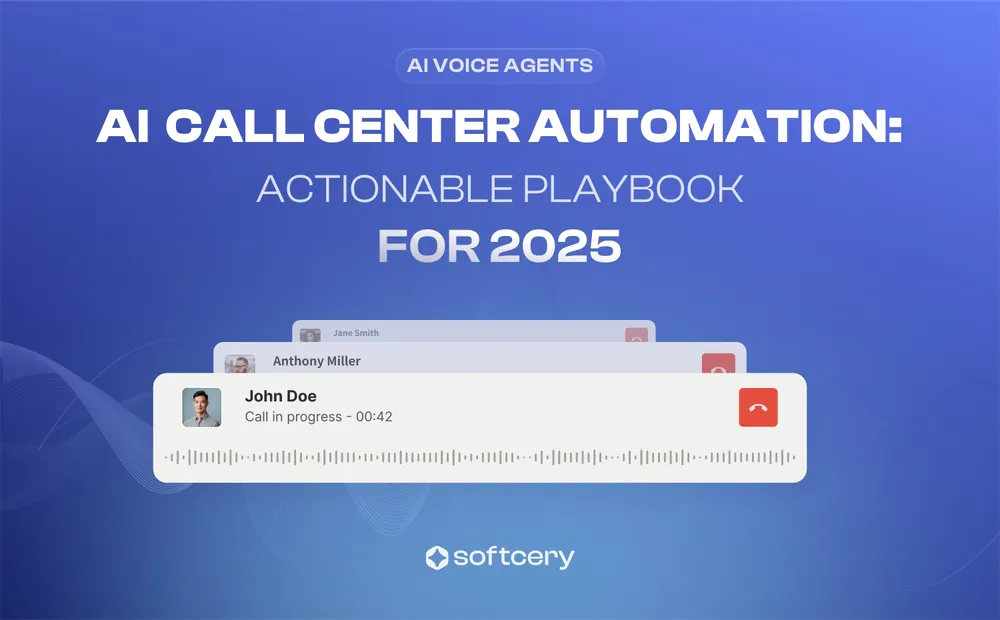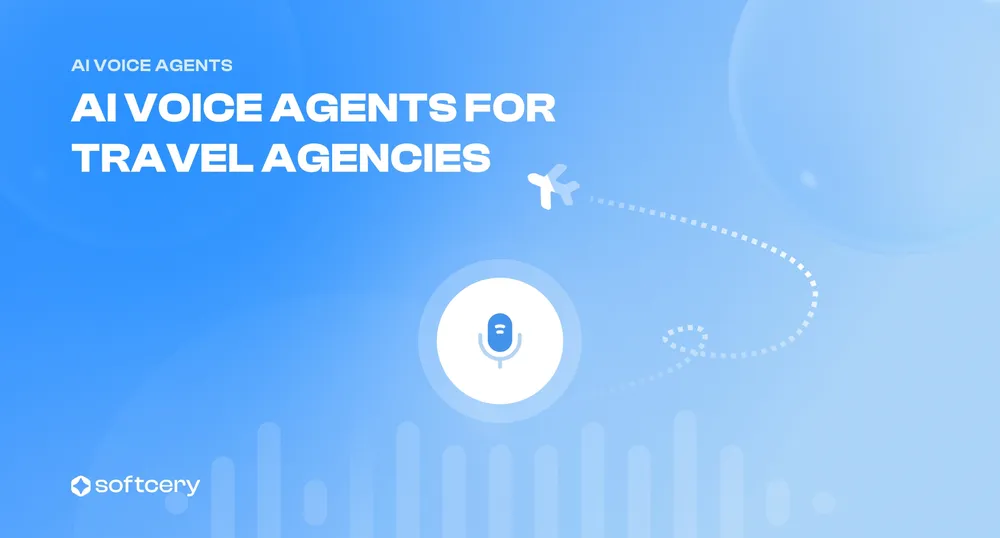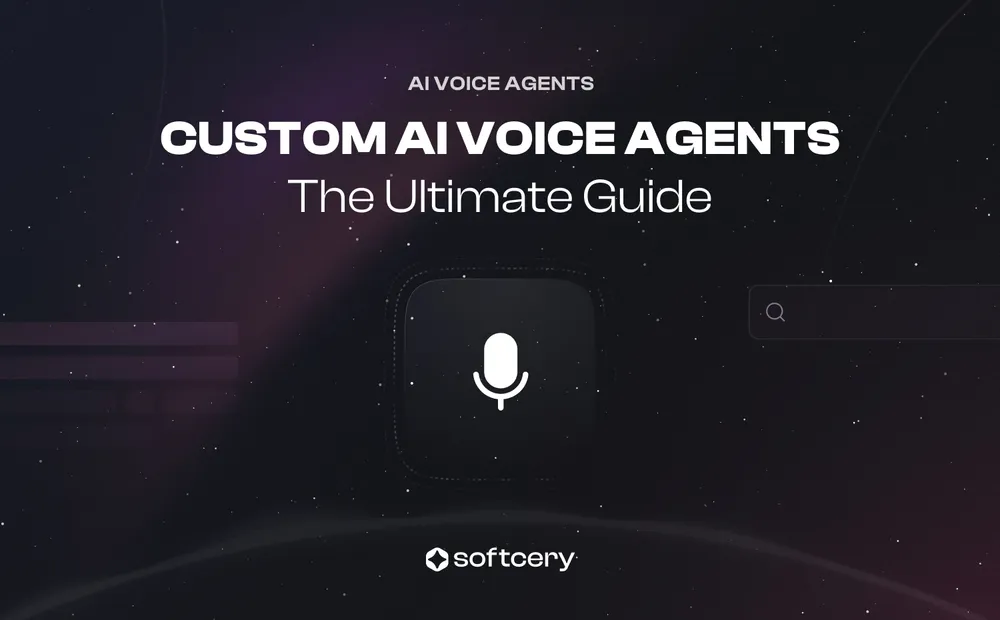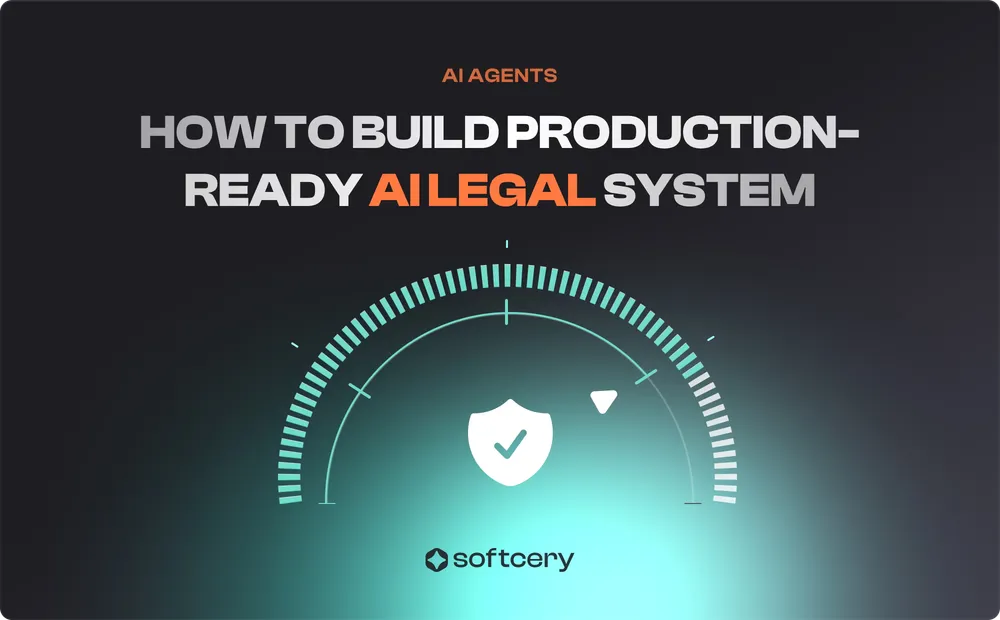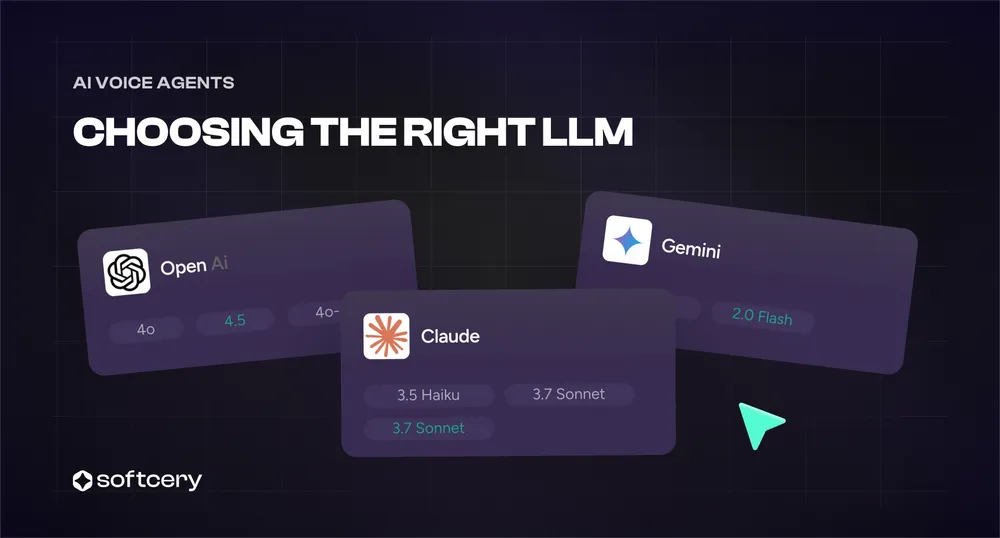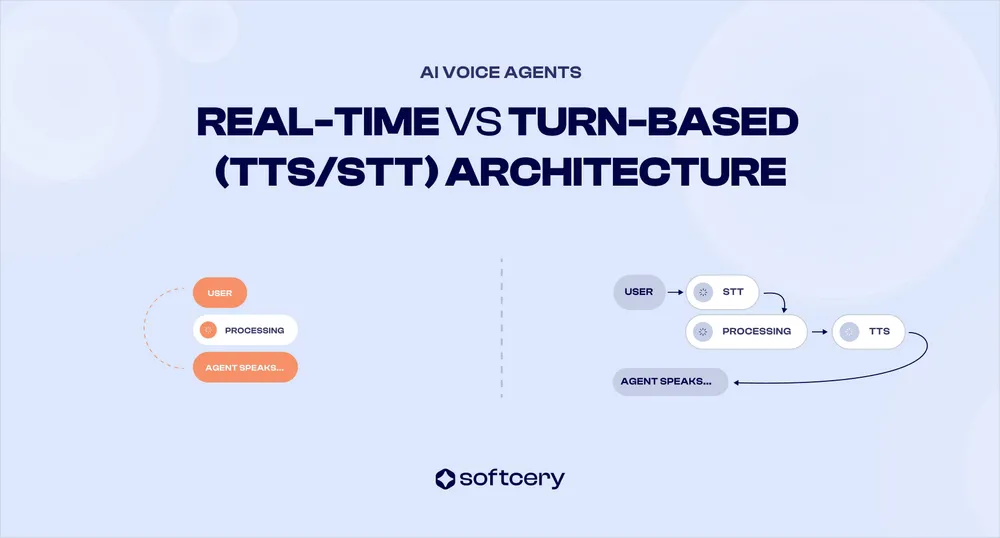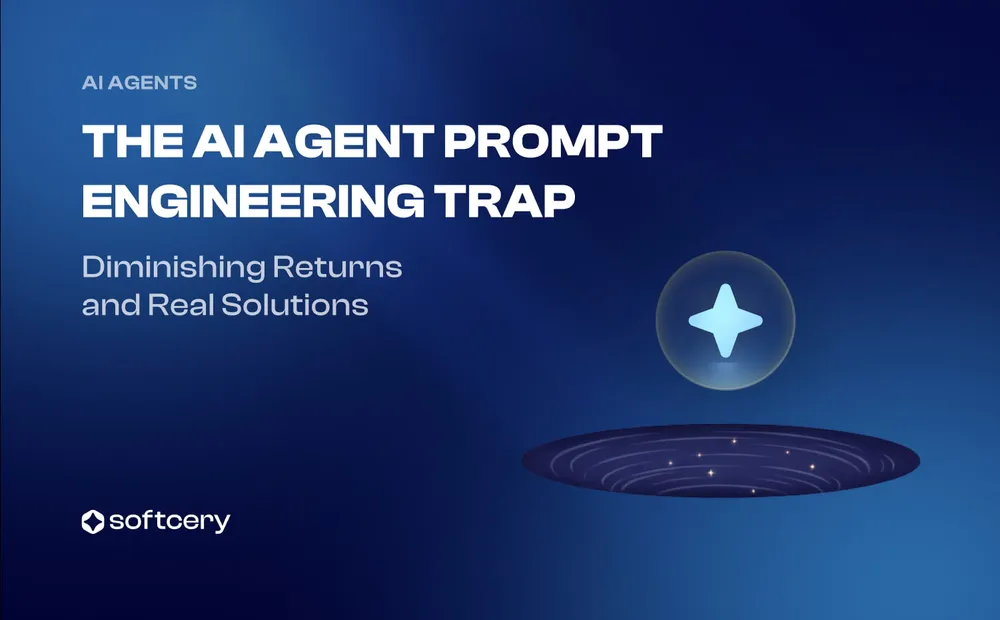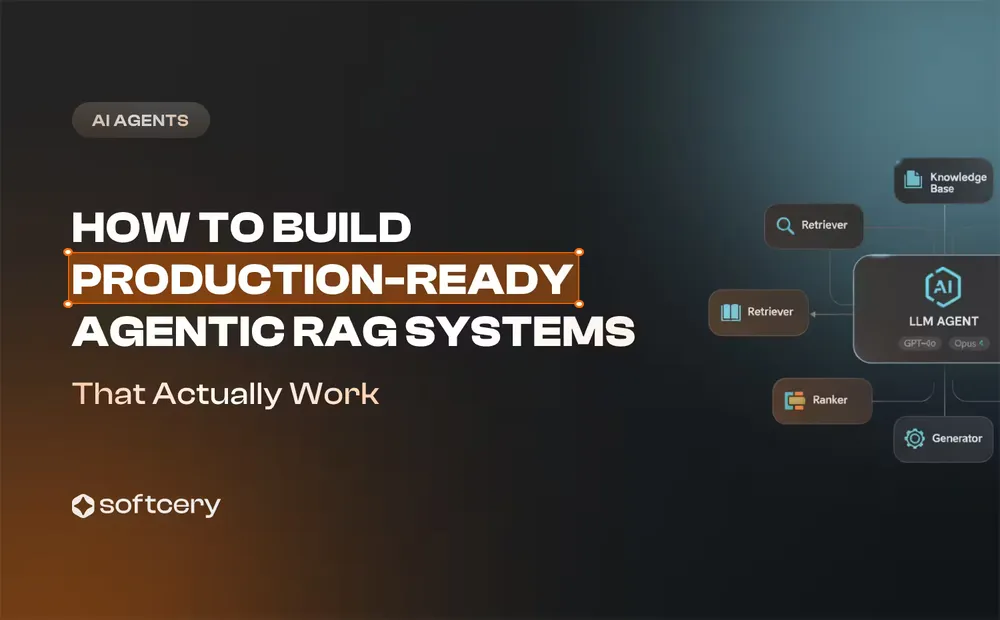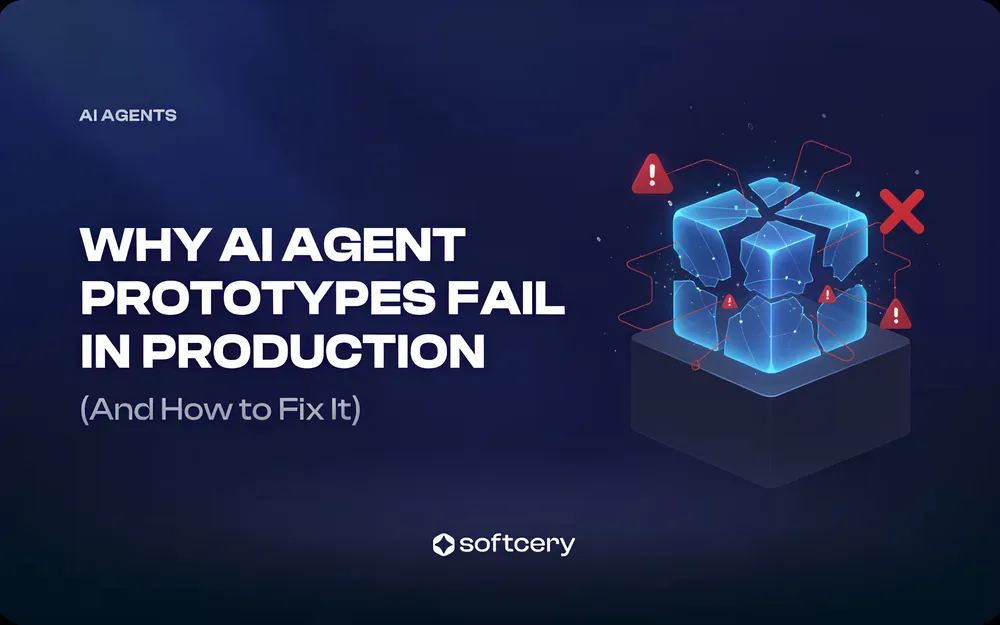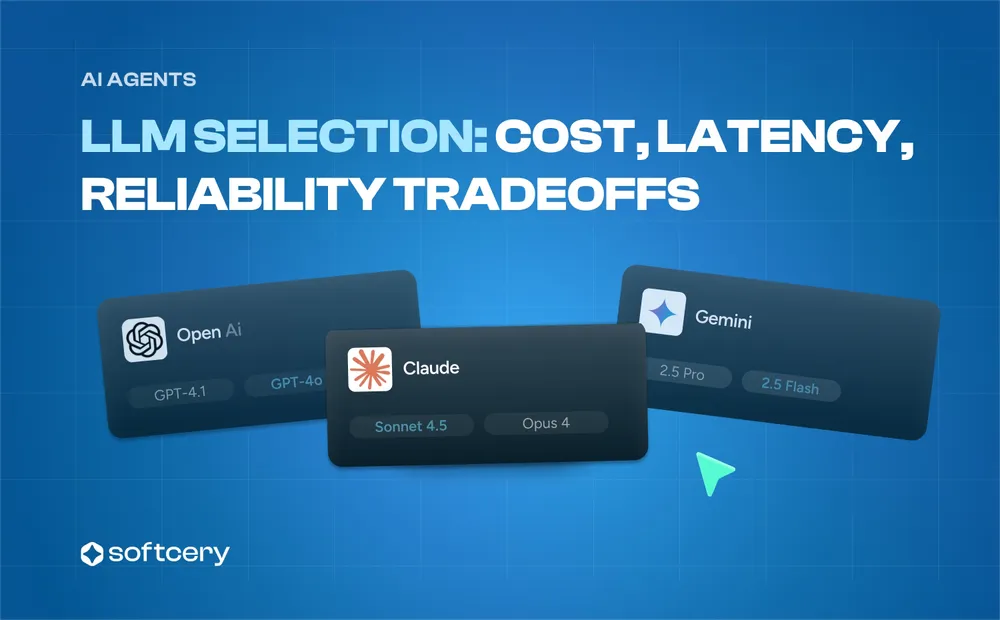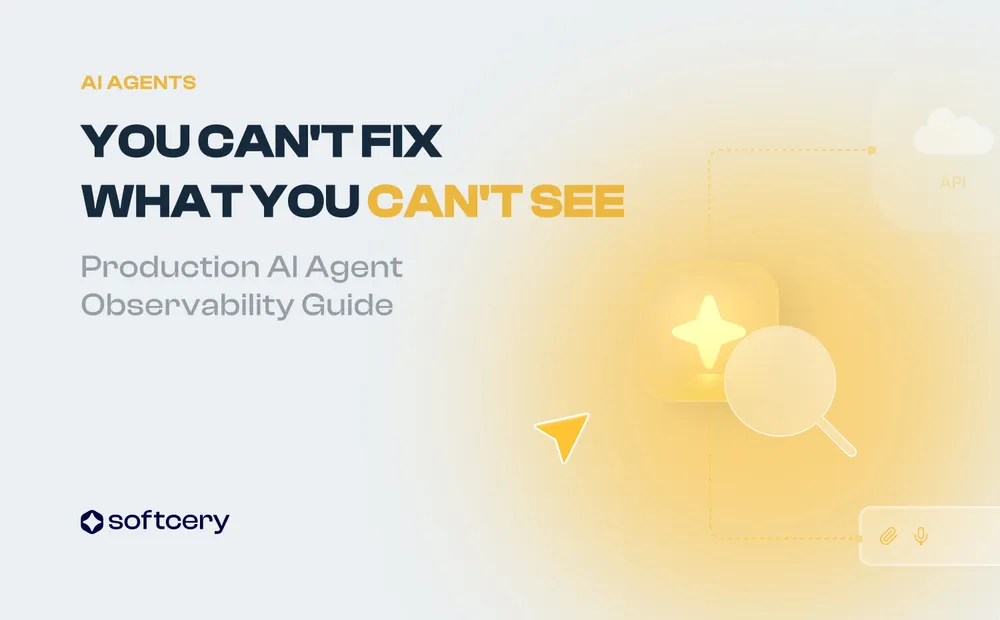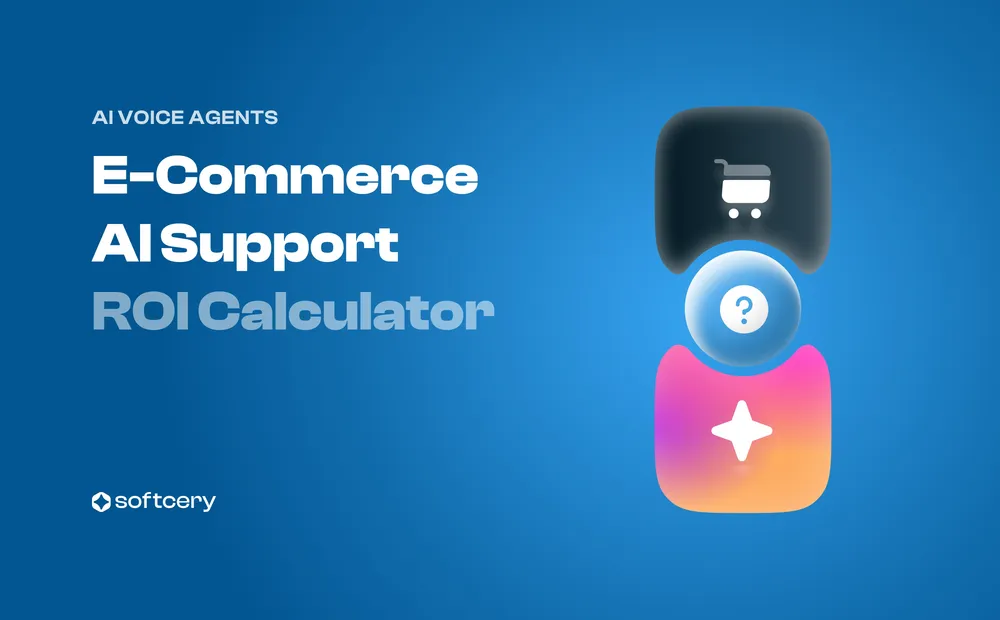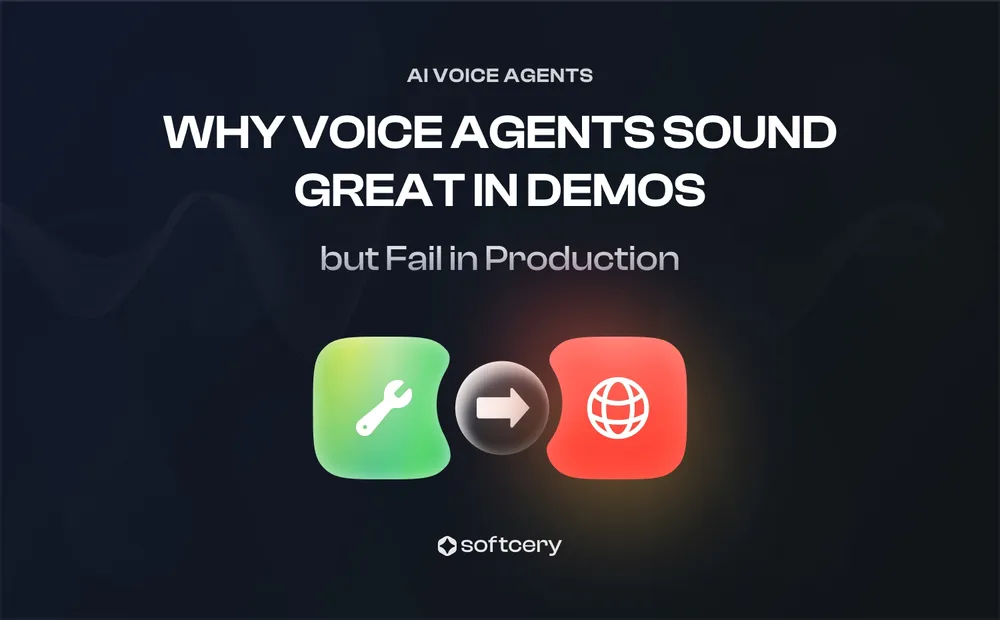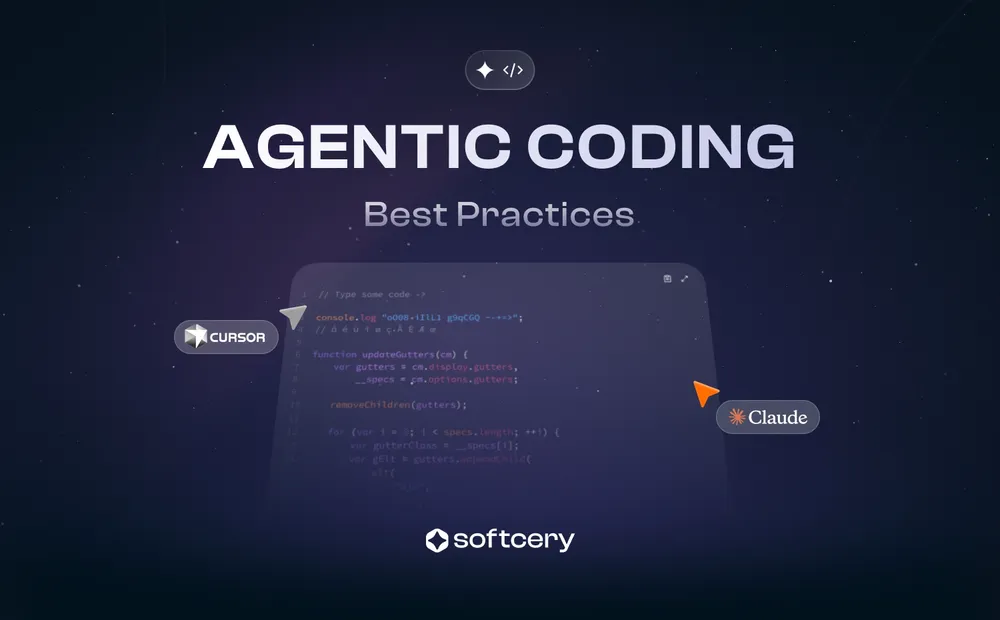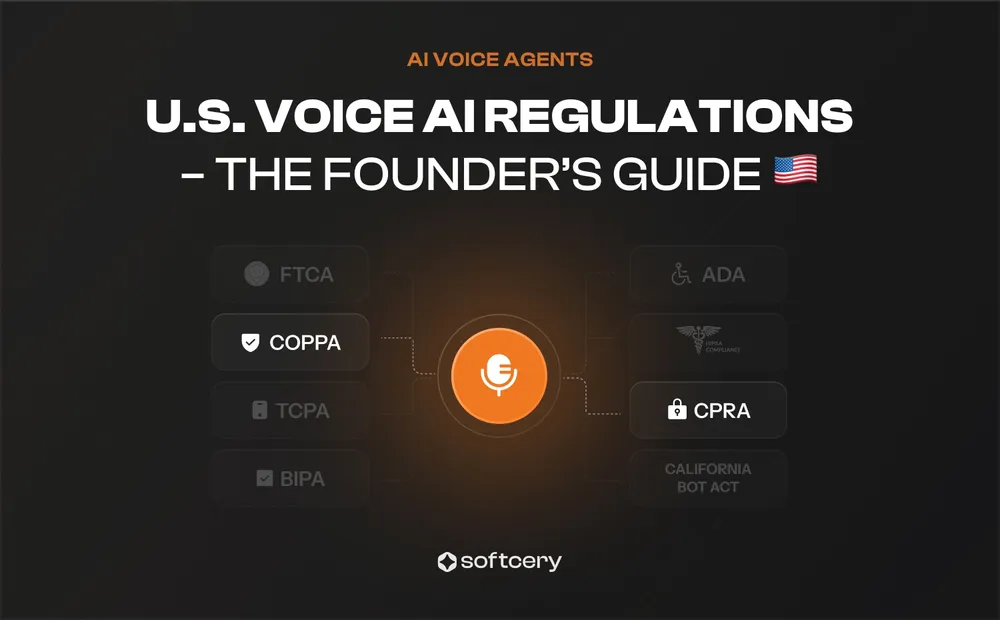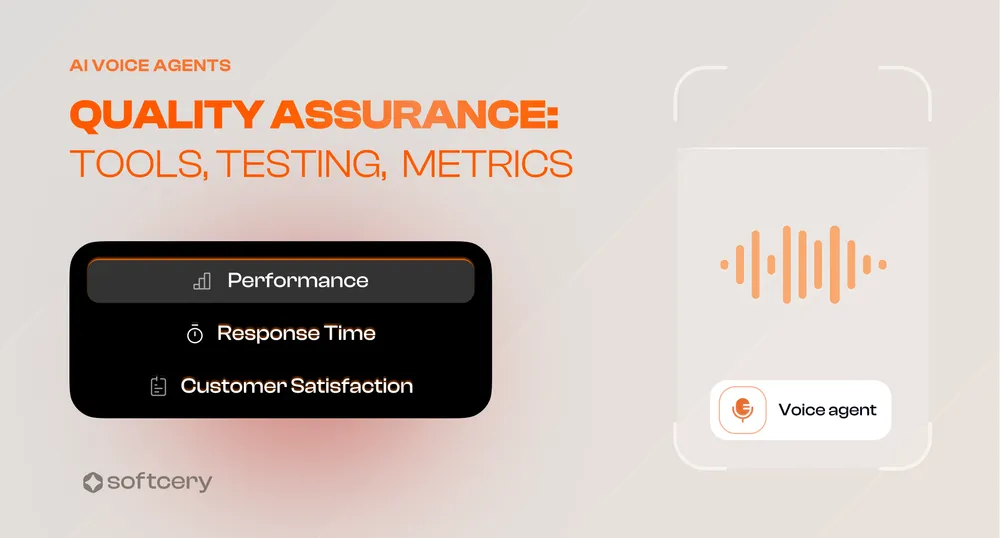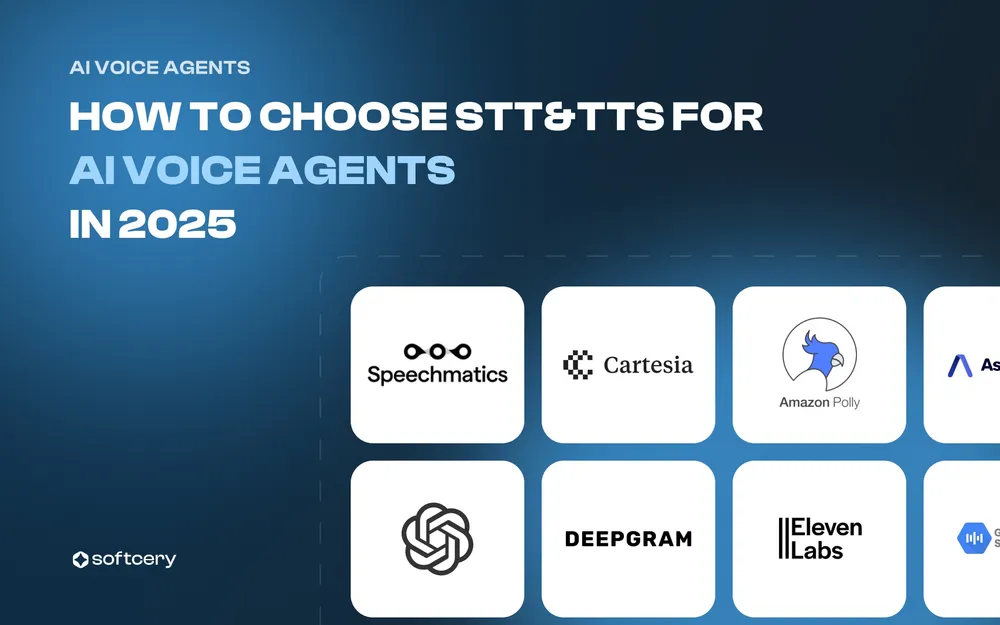Deploying & Scaling Voice Agents: 4-Phase Framework from POC to Production
Last updated on September 18, 2025
Building a voice agent that works in a demo is one thing. Building one that handles thousands of calls reliably is another. Success comes from knowing which capabilities to build when.
First Question: do you need a Voice Agent at all?
Before diving into deployment phases, ask the fundamental question: do you actually need a voice agent? Not every phone interaction benefits from automation.
| Voice agents excel at | Voice agents struggle with |
|---|---|
| High-volume, repetitive calls (appointment booking, order status, FAQ) | Complex negotiations or sales requiring relationship building |
| After-hours coverage for time-sensitive issues | Emotional support or crisis management |
| Initial triage before human handoff | Highly variable, unstructured conversations |
| Data collection and form filling over phone | Scenarios requiring deep context or judgment calls |
Run the numbers: If you’re handling fewer than 100 calls daily, the development and operational overhead might exceed the savings. If your average call requires more than 5 decision branches or lasts over 10 minutes, human agents might be more cost-effective.
The best candidates for voice automation have clear patterns: 80% of calls follow similar flows, outcomes are well-defined, and success can be measured objectively.
Pre-Phase: Solution Shaping
-
Identifying core use cases and conversation flows: Document your top 5 call types. Map each conversation path, including branches, data requirements, and handoff points.
-
Defining success metrics and quality standards: Establish measurable targets. “Good customer experience” isn’t a metric. “85% of callers successfully book appointments without human intervention” is. Define acceptable error rates for speech recognition, response latency thresholds, and conversation completion targets.
-
Planning for edge cases and technical requirements: List every system your agent needs to connect with – CRM, calendar, payment processing, internal databases. Document authentication requirements, rate limits, and failover procedures. Identify edge cases: What happens when the calendar API is down? How do you handle heavy accents? What about background noise?
-
Selecting the optimal technology stack: Match providers to requirements. High-accuracy medical transcription might require specialized STT models. Financial services need PCI-compliant telephony providers. Choose your architecture pattern (turn-based vs real-time) based on emotional continuity needs.
The Four Deployment Phases
Voice agent deployment follows a predictable progression: Proof of Concept (POC), Pilot, MVP, and Full Development. Each phase needs different capabilities, metrics, and infrastructure.
- POC: Validate the core technology works. Can the agent understand speech, process intent, and respond appropriately? Skip everything except the fundamental conversation flow.
- Pilot: Test with real users in controlled scenarios. Add basic monitoring and human handoff. Start measuring quality metrics.
- MVP: Expand to broader user base. Implement redundancy, cost controls, and detailed analytics. Build operational processes.
- Full Development: Scale to production volumes. Add advanced features like conversation memory, sophisticated routing, and predictive capacity planning.
Success Metrics and SLOs
Each component in your voice agent stack needs defined service level objectives:
- Speech-to-Text: Word error rate under 10% for general conversation, under 5% for critical paths (payment processing, account numbers). You need to control the accuracy for each accent and domain.
- LLM Performance: Time to First Token under 2 seconds. Intent recognition accuracy above 90%.
- Text-to-Speech: Latency under 500ms. Pronunciation accuracy for domain-specific terms above 95%.
- Telephony: Call setup time under 3 seconds. Audio quality MOS score above 4.0. Concurrent call capacity with 20% buffer.
- End-to-End: First response under 5 seconds. Total conversation success rate above 80%. Transfer-to-human rate below 20% after initial deployment.
Start tracking these metrics in your Pilot phase, but don’t optimize prematurely.
Everything you need to know about these metrics:
The 4 Phases of Voice Agent Deployment
Proof of Concept – Validate Core Feasibility
Goals: Test fundamental functionality in a narrow use case. Answer the question: “Can the AI handle our core task with acceptable quality?” This is often a disposable prototype – if it fails, learn why and pivot quickly.
Technology approach: Use an orchestrator. For POC and Pilot phases, we use an orchestration platform like Vapi, Retell, Pipecat or Bland. These handle the complexity of connecting STT, LLM, and TTS providers. They provide:
- Pre-integrated STT/LLM/TTS pipeline
- Built-in telephony handling
- Basic conversation management
- Simple webhook interfaces
- Dashboard for testing and monitoring
Building these components from scratch at POC stage wastes time validating what’s already proven. Vapi, for instance, lets you configure a working agent in hours rather than weeks. We write the prompt, define the conversation flow, and connect via their API-the platform handles all the infrastructure complexity.
Scope and capabilities:
- One use case or a few intents only
- Linear or scripted conversations
- Basic call control (platform-handled)
- Simple intent recognition
- Static or templated responses
- Manual testing through platform dashboard
- Mock data or simple hardcoded responses
Monitoring & Observability
During POC, we rely on the platform’s built-in dashboard. Vapi and Retell provide basic call logs, transcripts, and success metrics - enough to validate functionality. We don’t build custom monitoring for POCs we might discard.
What to track manually:
- Did the call complete successfully?
- How accurate was the transcription?
- Did the agent understand intent correctly?
- How long did responses take?
POC testing is exploratory. We have team members make test calls, trying different phrasings, testing with various devices, and documenting what works and breaks. We run controlled stakeholder demos on pre-tested scenarios, gathering qualitative feedback.
We explicitly don’t test edge cases, load performance, or security during POC. We’re validating the concept works, not that it’s production-ready.
Success criteria: Stakeholders see a demo and understand the potential value. You have a clear business case showing how this reduces costs or improves service.
Phase 2: Pilot – Prove in Real Conditions
Goals: Validate the solution works with actual users and real data. Bridge the gap between controlled demo and scalable product. Start tracking business metrics like call success rate and average handle time.
Technology approach: Still use the orchestrator.
We continue with Vapi, Retell, or chosen platform, but now leverage more advanced features. This isn’t the time to rebuild - it’s time to learn from real usage while the platform handles infrastructure complexity.
| What the platform provides during Pilot | What we build during Pilot |
|---|---|
| Conversation state management | API integration layer to your business systems |
| Automatic call recording and storage | Webhook handlers for platform events |
| Built-in analytics dashboards | Custom logging for business metrics |
| STT/TTS provider management | Simple admin dashboard if needed |
| Error handling and retries | Feedback collection mechanism |
| Basic compliance features (call recording notices) |
Platform benefits during Pilot:
- Focus on conversation design, not infrastructure
- Rapid iteration on prompts and flows
- Built-in tools for reviewing failed calls
- No need to manage providers directly
- Predictable per-minute costs
- Easy rollback if issues arise
Monitoring & Observability
Real users reveal real problems. Platform dashboards no longer suffice - we need to understand failure patterns and user behavior. We continue using platform features but supplement with lightweight custom tracking.
Platform monitoring (still primary):
- Call recordings with transcripts
- Response latency by component
- Error logs and failure reasons
- Basic success rate metrics
- Daily/hourly usage patterns
Key metrics to establish baselines:
- First response time (target: <5s)
- STT accuracy by accent/background noise
- Intent recognition success rate
- Average call duration vs human baseline
- Daily/hourly usage patterns
We create formal test scenarios for each use case, documenting expected outcomes and tracking pass/fail rates. We test in various conditions - different accents, poor connections, background noise - measuring comprehension accuracy.
We verify API connections work correctly, test timeout scenarios, validate data synchronization, and check fallback behaviors. We run simple load tests - can the system handle 10 concurrent calls? What about 20? Where does it break first? These tests have prevented numerous production surprises.
Success criteria:
- X% of pilot calls handled without human intervention
- Platform analytics show acceptable performance
- Real API integrations working reliably
- Clear understanding of platform limitations
- Decision point: continue with platform or build custom?
Key Learning: By end of Pilot, you understand exactly what the platform can and cannot do for your use case. This informs the MVP decision: stay on platform or begin hybrid approach?
Phase 3: MVP – Launch Minimum Viable Product
Goals: Achieve initial production deployment with real value delivery. Formalize SLOs, measure actual business outcomes (cost per call, deflection rate, customer satisfaction).
Technology decision point: This is where we choose between continuing with the orchestration platform or beginning to build custom components.
Many successful voice agents remain on platforms like Vapi or Retell indefinitely. If the platform handled your Pilot requirements well, met performance targets, and offers acceptable economics at scale, staying on the platform for MVP makes sense.
Moving to production on a platform requires upgrading to enterprise tiers for SLAs and support, implementing redundancy using platform features, building comprehensive monitoring around platform metrics, creating operational runbooks for platform-specific issues, and training support staff on the platform’s interfaces.
The decision factors:
Continue with platform if:
- Call volume <1000/day
- Standard use case (appointments, FAQ, simple support)
- Platform features meet 90%+ of your needs
- Cost per call acceptable at scale
- Time to market is critical
Hybrid approach
The hybrid approach keeps core voice functionality on the platform while building custom systems for differentiation. This commonly emerges when platforms meet most needs but have specific gaps.
A typical hybrid architecture uses the platform for call handling, basic STT/TTS/LLM orchestration, telephony management, and call recording. Custom components handle specialized business logic, advanced routing decisions, custom analytics pipelines, integration orchestration, and backup systems.
The hybrid approach provides flexibility while managing complexity. You avoid rebuilding solved problems while addressing specific limitations. Many production deployments succeed with this model, using platforms for commodity functionality while differentiating through custom logic.
| What stays on platform | What you build |
|---|---|
| Call orchestration | Custom business logic layer |
| Basic STT/TTS/LLM pipeline | Advanced integration APIs |
| Telephony handling | Specialized error handling |
| Call recording | Custom analytics pipeline |
| Proprietary conversation flows | |
| Multi-provider redundancy |
Begin hybrid/custom approach if:
- Need specific providers platform doesn’t support
- Require custom redundancy or failover logic
- Platform limitations blocking critical features
- Costs becoming prohibitive at scale
- Voice agent is core competitive advantage
Building Custom Infrastructure
We rarely build full custom infrastructure at MVP, but sometimes it’s necessary. Voice-first companies whose entire product is the agent, organizations with unique technical requirements platforms can’t meet, or those requiring specific providers or models platforms don’t support might need custom infrastructure.
Custom development involves significant complexity: managing multiple provider relationships, building real-time audio streaming infrastructure, implementing conversation state management, handling telephony protocols, and creating monitoring and debugging tools. This path requires experienced teams and longer timelines but provides complete control.
Monitoring & Observability
Production requires real observability infrastructure. You need to know about problems before customers complain.
| Approach | What it includes |
|---|---|
| Platform-only (for simple deployments) | Enhanced platform dashboards, Custom business metric tracking, Alert integration (PagerDuty, Slack), Regular manual review |
| Platform + lightweight custom (most MVPs) | Platform dashboard as primary, Custom metrics pipeline, Automated alerting, Weekly quality reviews |
| Full custom observability (for complex/hybrid) | End-to-end distributed tracing, Component-level performance tracking, Real-time quality scoring, Automated incident response |
Success criteria:
- Formal SLOs defined and tracked
- Achieving target business metrics
- Operational runbooks established
- Support team trained
- Cost model validated
- Clear path to scaling
Phase 4: Full Development – Scale to Production
Goals: Handle full production volumes reliably. Implement advanced capabilities that create competitive advantage. Achieve operational excellence with predictable costs and quality.
Technology approach: By this phase, most successful deployments use one of these architectures:
| Approach | What it includes |
|---|---|
| Full custom implementation (for voice-first companies) | Complete control over every component, Direct provider relationships and contracts, Custom models and fine-tuning, Proprietary orchestration logic |
| Platform + extensive customization (for most enterprises) | Platform handles commodity functions, Custom layer for differentiation, Best of both worlds approach, Lower operational overhead |
| Multi-platform strategy (for redundancy) | Primary on custom infrastructure, Fallback to platform during issues, Or different platforms for different use cases |
Continuous Quality Assurance
At scale, manual monitoring becomes impossible. You need predictive capabilities and automated responses.
Automated Quality Scoring:
- Every call scored automatically
- Flags for immediate review:
- Customer frustration detected
- Multiple retry attempts
- Unusual conversation length
- High silence ratio
Live Supervision Dashboard:
- Monitor calls in progress
- Ability to take over if needed
- Real-time coaching alerts
- Compliance violation detection
We’ve built self-healing systems that automatically fail over to backup providers, adjust prompts based on success rates, shift traffic from failing components, and scale capacity predictively.
We’ve even implemented chaos engineering, randomly failing providers to test redundancy, injecting network latency, and simulating database outages. This proactive testing has prevented numerous production incidents.
Building Your Monitoring & Testing Strategy
Start Simple, Evolve Systematically
- POC: Platform dashboards + spreadsheets
- Pilot: Add custom metrics + manual test cases
- MVP: Build observability stack + automated tests
- Full Development: Intelligent monitoring + continuous testing
Key Principles
- Instrument everything from day one - Even if you don’t analyze it immediately, having historical data is invaluable
- Test like users use - Perfect audio in a quiet room isn’t reality. Test with background noise, poor connections, and real accents
- Monitor what matters to business - Technical metrics are important, but business outcomes determine success
- Automate progressively - Start manual, identify patterns, then automate. Don’t over-engineer early
- Create feedback loops - Monitoring should inform testing, testing should validate monitoring
Capability matrix – which capabilities when
| Capability | POC/Pilot | MVP | Full Development |
|---|---|---|---|
| CORE INFRASTRUCTURE | |||
| Orchestration Platform (Vapi/Retell) | Required | Continue or Hybrid | Optional/Hybrid |
| Custom Orchestration | ❌ | Consider | ✅ |
| Multi-Provider Redundancy | ❌ | Single backup | Full redundancy, Auto-failover |
| CALL CONTROL | |||
| Call Recording | Platform-native | Compliance-ready | Long-term storage |
| Human Handoff | Manual/basic | Warm transfer | Context-rich |
| Call Transfer/Routing | ❌ | Simple | Smart routing, Predictive |
| CONVERSATION MANAGEMENT | |||
| Multi-Turn Dialogue | Basic | Robust | Advanced |
| Intent Recognition | Simple | Comprehensive | Fine-tuned |
| Conversation State | Basic | Redis/distributed | ✅ |
| INTEGRATIONS | |||
| Basic API Calls | 1–2 systems | All critical | Everything |
| CRM Integration | ❌ | Read-only | Read/write, Full sync |
| Calendar/Scheduling | ❌ | If core | If needed, Advanced |
| QUALITY & TESTING | |||
| Manual Testing | Primary | Edge cases | Edge cases |
| Automated Testing | ❌ | Basic suite | Comprehensive |
| Load Testing | ❌ | Basic | ✅ |
| A/B Testing | ❌ | Manual | Automated |
| MONITORING & OBSERVABILITY | |||
| Platform Dashboard | ✅ | ✅ | ✅ |
| Performance Metrics | Basic | Comprehensive | Predictive |
| Conversation Analytics | Manual review | Automated | Automated |
| SECURITY & COMPLIANCE | |||
| Basic Security | Platform-level | Enhanced | Enterprise |
| PCI Compliance | ❌ | If payments | If needed |
| HIPAA Compliance | ❌ | If healthcare | If needed |
| GDPR/Privacy | ❌ | Full compliance | Automated |
| ADVANCED FEATURES | |||
| Custom Models | ❌ | ❌ | Fine-tuning |
| Multilingual | ❌ | ❌ | Full support |
| Voice Cloning | ❌ | ❌ | Brand voice |
| API for Customers | ❌ | ❌ | If B2B |
Capacity Planning and Resiliency
Your first production outage teaches you what redundancy actually means. Plan for component failures:
Provider Redundancy: Each critical service needs a backup. STT fails? Switch to alternative. TTS goes down? Fallback ready. Don’t discover you need this during an outage.
Geographic Distribution: Once you hit 1,000+ daily calls, single-region deployment becomes a risk. Multi-region adds complexity but prevents total outages.
Capacity Buffers: Provision 2x expected peak capacity. Voice agents face sudden spikes-product launches, viral social posts, news coverage. Standard autoscaling often can’t respond fast enough.
Cost Controls
Voice agents combine multiple services, each with different pricing models. Unmanaged costs spiral quickly.
- POC/Pilot: Don’t optimize costs. Use the best providers regardless of price. Focus on proving value.
- MVP: Implement cost tracking. Alert on anomalies. Typical cost per minute ranges from $0.10 to $0.50 depending on providers and features.
- Full Development: Negotiate volume discounts. Consider committed use contracts. Build cost into your unit economics. Implement per-customer or per-use-case limits.
Common cost mistakes:
- Long silent periods eating up STT minutes
- Verbose LLM responses increasing TTS costs
- Keeping calls active after completion
- Not detecting and handling robo-callers
Use our AI Voice Agent Cost Calculator to:
- Compare STT, LLM, and TTS vendor pricing
- Estimate per-minute and monthly costs based on expected usage
- Analyze total cost of ownership across deployment scenarios
- Identify key cost drivers and opportunities to optimize
You’ll see exactly how STT, LLM, TTS, and infra stack up – and where to optimize.
People and Process
Technology represents maybe 40% of successful voice agent deployment. The rest is operational readiness.
- Pilot Phase: One technical person can manage everything. They handle monitoring, updates, and issue resolution.
- MVP: You need defined roles. Someone monitors quality. Someone handles escalations. Someone manages provider relationships. Document your runbooks.
- Full Development: Build a proper ops team. 24/7 monitoring for critical deployments. Escalation procedures. Regular testing drills. Vendor management processes.
Most teams underestimate the operational overhead. Budget for it upfront.
Build vs Buy Decision Timeline
POC Phase (Weeks 1-4)
Always use a platform. Vapi, Retell, Bland, or similar. Building from scratch at POC is unnecessary complexity that delays validation.
Pilot Phase (Weeks 5-12)
Continue with platform, but push its limits. Use advanced features, test scalability, understand constraints. Build integration layer but not core infrastructure.
MVP Phase (Months 3-6)
Decision point: Evaluate platform limitations vs needs. Many successful deployments stay on platforms indefinitely. Others begin hybrid approach. Factors:
- Monthly call volume
- Cost sensitivity
- Unique requirements
- Technical team capacity
Full Development (Month 6+)
Optimize for your situation:
- High volume + standard needs = platform with optimization
- Unique requirements + technical team = custom build
- Most companies = hybrid approach
The Platform Reality Check
Orchestration platforms like Vapi have matured significantly. They’re no longer just prototyping tools-many companies run thousands of daily production calls through them. The economics often favor platforms until you hit 10,000+ calls per day or need significant differentiation.
Common platform limitations to consider:
- Provider lock-in for certain features
- Less flexibility in handling edge cases
- Potential latency from abstraction layers
- Costs that scale linearly with volume
- Limited customization of core behaviors
But these are often acceptable tradeoffs for:
- 10x faster deployment
- No infrastructure management
- Built-in compliance features
- Automatic updates and improvements
- Professional support
What on Softcery Lab is most relevant
If you want the deeper detail behind the guidance above, start with these – they are current and practical:
- Choosing the Right Voice Agent Platform in 2025 – a plain map of platform choices by use case.
- Real-Time vs Turn-Based Architecture – explains how streaming design changes latency and UX.
- STT for AI Voice Agents (2025) – how to judge accuracy, latency, and real-time features.
- TTS for AI Voice Agents (2025) – voice quality vs latency trade-offs.
- Custom AI Voice Agents – the guide – architecture, cost, QA, compliance in one place.
- SOC 2 Essentials for Voice Agents – the minimum security moves that unlock sales.
- U.S. Voice AI Regulations – The Founder’s Guide
Bottom line
Ship POC and Pilot on managed platforms to learn fast. Move telephony and routing in-house for MVP when you need control. Enter Full Development only with dual vendors, real SLOs, and battle-tested runbooks.
Keep latency streaming, keep costs measured, and handle security with proven standards.
The path from prototype to production isn’t about building everything or building nothing - it’s about building what matters when it matters. Platforms get you to market. Hybrid architectures give you control. Redundancy keeps you running.
We’ve deployed enough voice agents to know: teams that follow this progression succeed. Teams that skip steps or over-engineer early struggle. Start simple, learn from users, scale what works.
Frequently Asked Questions
Stay on platforms until you reach 1,000-10,000 daily calls. Volume alone doesn’t drive the decision. Build custom when platforms block critical features, costs grow prohibitive ($0.10-$0.50 per minute becomes expensive at scale), or voice AI becomes your core competitive advantage. Many successful deployments remain on platforms indefinitely using hybrid approaches: platforms handle orchestration, custom components manage specialized business logic.
Track three metrics: response time under 5 seconds, success rate above 80%, human transfer rate below 20%. Combine your platform’s dashboard with custom tracking for business metrics. Set alerts for critical failures. Review failed calls weekly. Skip distributed tracing and automated quality scoring until Full Development—premature monitoring complexity distracts from conversation experience.
Add basic redundancy during MVP once you handle real customer traffic. A backup STT provider prevents total outages. Automate failover during Full Development when you process 1,000+ daily calls. Start with components that fail most often: STT and telephony. Skip complex redundancy during POC and Pilot—platform reliability suffices for testing phases.
Run this test: Do 80% of calls follow similar flows? Can you define and measure outcomes? Do you handle 100+ calls daily? Do conversations complete within 10 minutes and 5 decision branches? Four yes answers signal strong candidates. Voice agents excel at high-volume repetitive calls (appointments, order status, FAQ) and after-hours coverage. They struggle with complex negotiations, emotional support, and highly variable conversations requiring deep judgment.
POC takes 1-4 weeks to validate core feasibility on platforms like Vapi. Pilot runs 5-12 weeks testing with real users and integrations while remaining on platforms. MVP deployment happens around months 3-6, when you choose: continue with platforms, adopt hybrid approaches, or begin custom development. Full Development starts at month 6+ once you handle significant volume and need advanced features. Companies that skip to custom infrastructure add 3-6 months without meaningful advantage.
See exactly what's standing between your prototype and a system you can confidently put in front of customers. Your custom launch plan shows the specific gaps you need to close and the fastest way to close them.
Get Your AI Launch Plan